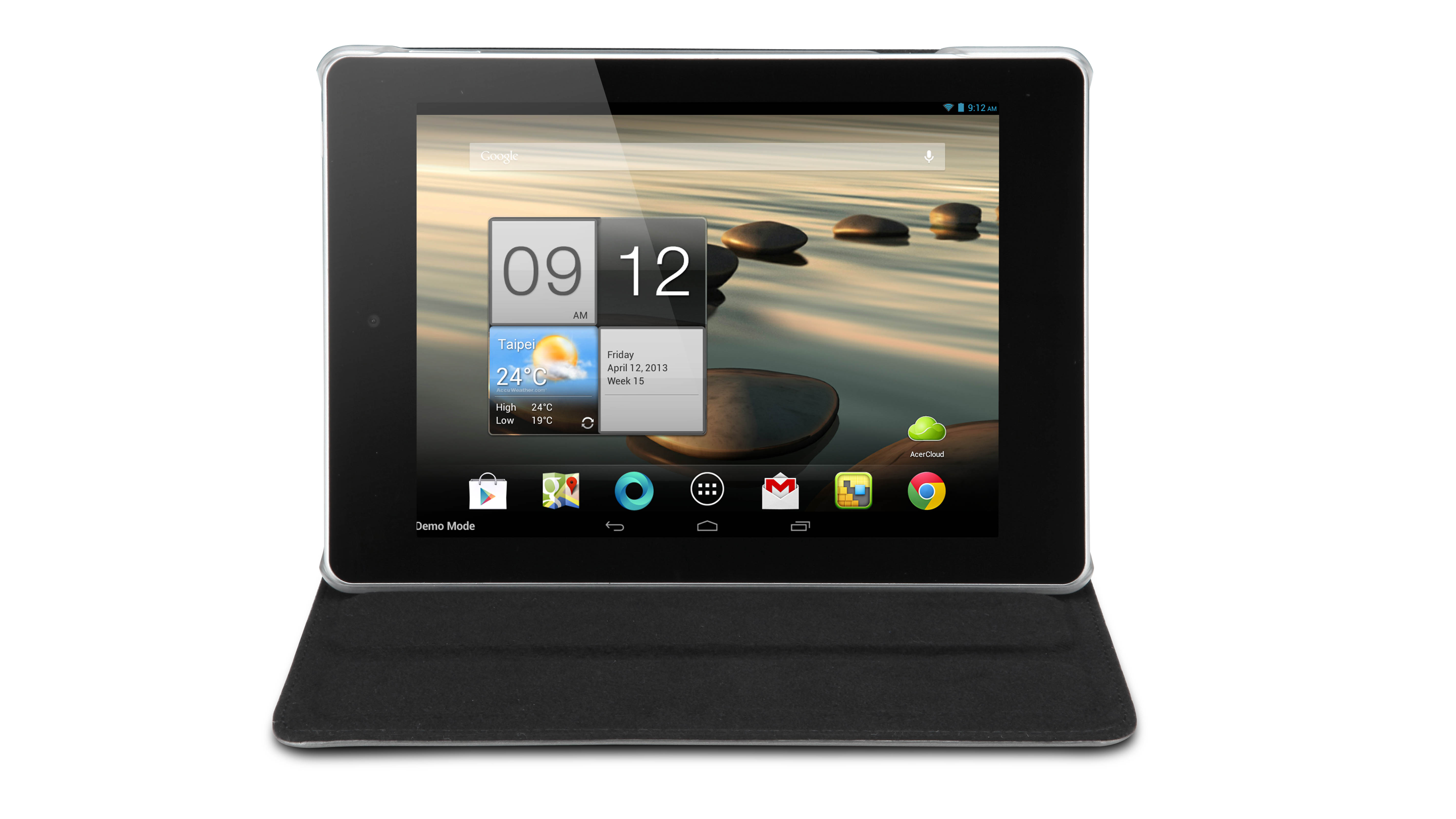Why you can trust TechRadar
Movies, music and books
Though video playback is fast and smooth, it's here that we begun to notice the Acer Iconia A1's physical shortcomings. Yes, the resolution is a bit low, and if you're watching any HD files you won't exactly be blown away, but we're actually more worried about the screen's other drawbacks.
It's not very bright, even on its highest setting, and though that's more of a problem for browsing that watching movies or reading, it's indicative of a pretty uneventful display.
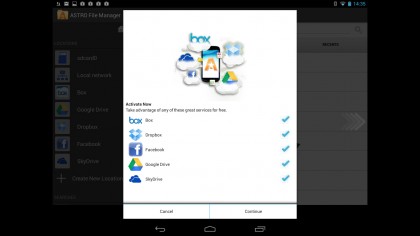
Colours don't exactly whizz from the screen, and we also noticed a slight bias towards yellow-green, while contrast is lacking and black areas of the image get a uniform dark grey look.
Viewing angles aren't the best, though they're enough for some accelerometer-fuelled smooth gameplay from CSR Racing, and a blast of HD video proved the Acer Iconia A1 was fit for purpose, if hardly awe-inspiring.
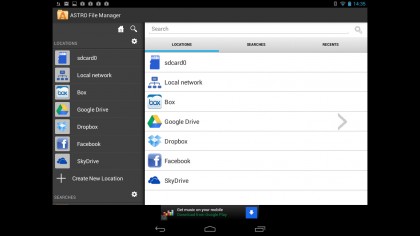
The Acer Iconia A1's screen does a reasonable job for reading, where brightness and colour accuracy aren't as relevant. In our test, text proved readable enough, though only after we'd toned down the panel. An auto brightness sensor really would be handy. That done, the pixel grid is pretty hard to miss at all times
Audio is a predictable letdown; just one speaker resides on the Acer Iconia A1's rear, and it spits out tinny, mono sound that's just about acceptable for short news videos.
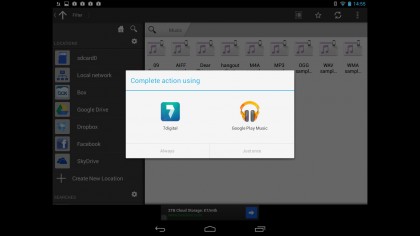
In terms of navigation of entertainment, Acer's own Astro File manager is here to present pictures, music, video and documents stored in disparate places - everywhere from a microSD card to Dropbox and Facebook. It works really well, though there are some annoying, if tiny, adverts along the bottom.
Unfortunately, video codec support isn't great (there's no support for MKV, AVI or MOV files, just MPEG4 ones), while music playback is diverted to apps for either Google Play Music or 7digital.
Apps and games
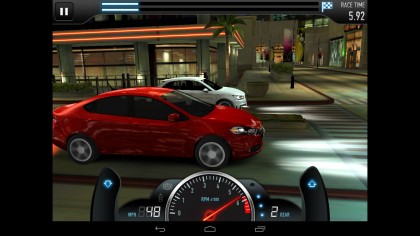
In the widgets area we found a range of Acer's own apps. Acer Cloud storage is available, as are a range of apps under the Acer Life banner.
Life Image is on the Acer Iconia A1's taskbar by default, and is a live scrapbook that's clearly aimed at kids. You take pictures within the app - no need to fire up the separate camera app - and automatically edit, caption and resize them for the digital page.
It creates a chronological scrapbook that's completely GPS stamped, so you can touch the corner of each photo to have the Acer Iconia A1 launch Google Maps and locate the exact location that the photo was taken from.
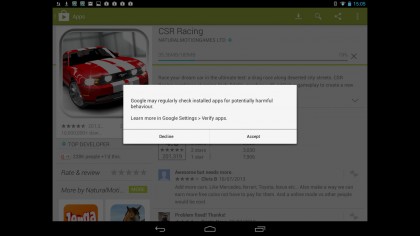
Other Acer-made apps include Life Digital Clock and Life Weather, which are just what you'd imagine. Otherwise, there's access to the full suite of apps on Google Play.
Battery life
The battery is one of the Acer Iconia A1's highlights. Acer promises a seven-hour stint between charges - a shade under the original iPad mini and about the same as the current generation - though in our real-life tests we consistently managed a little more.
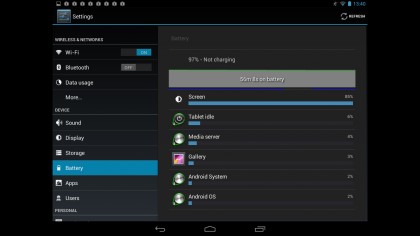
It compares well to other eight-inch tablets, since the hour-long Nyan Cat test on full brightness set the Acer Iconia A1 back from fully charged to 86 per cent, while a Samsung Galaxy Note 8.0 sunk to just 56 per cent - though the Samsung does have a much brighter, much better screen. Perhaps a better comparison is with the similarly priced and sized Archos 80 Titanium, which reduced to 64 per cent in the same test.
An Acer Iconia A1 left fully charged at 11.30pm, with Wi-Fi left on, was down to 98 per cent the next morning.
Benchmarks
The universal Peacekeeper browser test earned the Acer Iconia A1's Chrome browser app a score of 541, which compares well to the Archos 80 Titanium (332), but not to the Samsung Galaxy Note 8.0 (844).
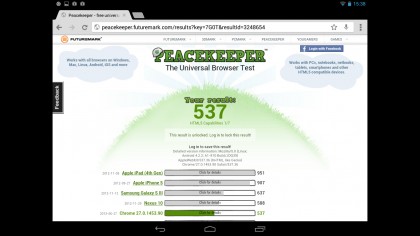
The SunSpider Javascript test caused a respectable 1699.5ms score, while the Acer Iconia A1 scored an average of 12, 389 in the AnTuTu app. The latter score is about average, though we're sad to say that the Acer Iconia A1 did crash during the test and had to be rebooted. It was a rare slip up.
In performance terms, there are no surprises on the Acer Iconia A1; it comes mid-way between the cheapest and most expensive eight-inch tablets around.
Jamie is a freelance tech, travel and space journalist based in the UK. He’s been writing regularly for Techradar since it was launched in 2008 and also writes regularly for Forbes, The Telegraph, the South China Morning Post, Sky & Telescope and the Sky At Night magazine as well as other Future titles T3, Digital Camera World, All About Space and Space.com. He also edits two of his own websites, TravGear.com and WhenIsTheNextEclipse.com that reflect his obsession with travel gear and solar eclipse travel. He is the author of A Stargazing Program For Beginners (Springer, 2015),
